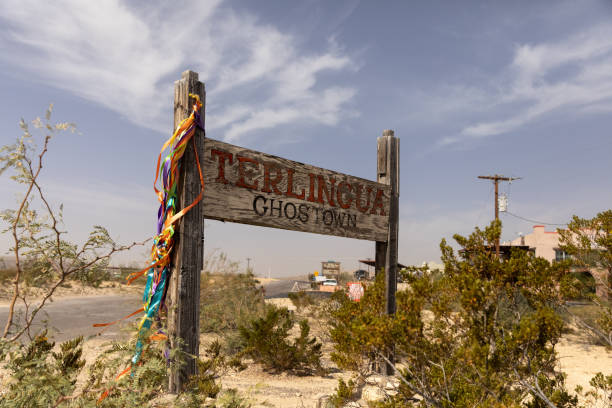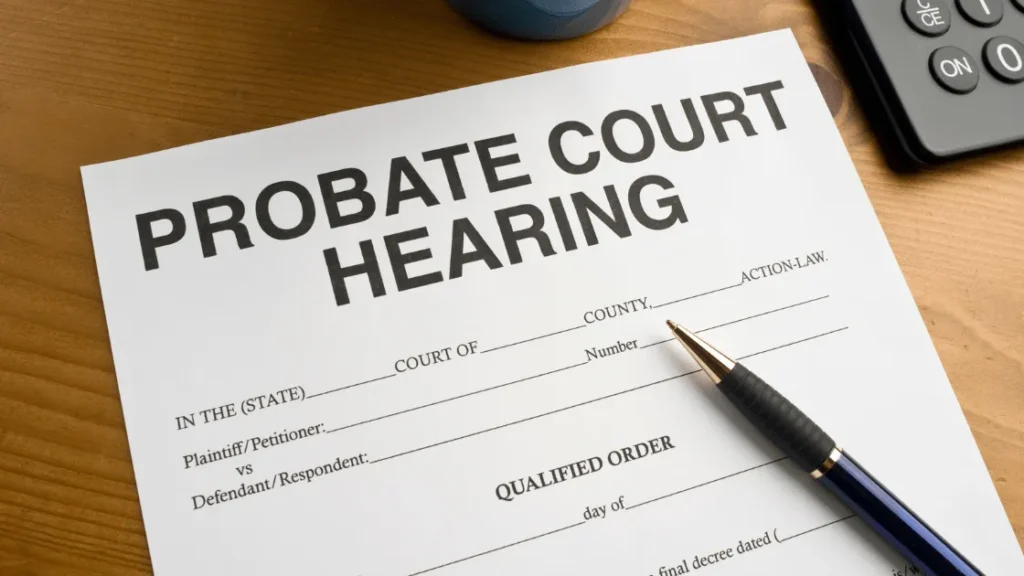Texas is a land of extremes—vast deserts, sprawling cities, oil booms, and economic busts. Alongside its bustling metropolitan centers, the state is also home to a phenomenon that captures the imagination of history lovers, investors, and curious adventurers alike: ghost towns. These abandoned settlements, scattered across the Lone Star State, are remnants of industries that thrived and then faded, of railroads that came and went, and of dreams that either succeeded elsewhere or disappeared entirely.
But as interest in unusual real estate investments grows, one question keeps emerging: Can you buy a ghost town in Texas? The short answer is yes—but it’s far more complicated than simply putting in an offer on a house. While some ghost towns are available for purchase, they come with unique legal, financial, and logistical challenges. Yet for the right buyer, owning a forgotten piece of Texas history could be the ultimate investment.

How Do Towns Become Ghost Towns?
Most Texas ghost towns were once thriving communities built around a single industry or transportation route. When that industry collapsed or a transportation shift made the location obsolete, the town quickly declined. Some of the most common reasons Texas towns were abandoned include:
The Railroad Boom and Bust
In the late 19th and early 20th centuries, railroad expansion dictated the fate of many towns. Cities that secured a train stop prospered, while those left off the route struggled to survive. In some cases, entire towns moved to be closer to the railway. But as highways and automobiles became the dominant mode of transportation, many small rail-dependent towns lost their economic footing and faded away.
The Oil Rush Effect
Texas has long been synonymous with oil, and many of its ghost towns were built around once-promising drilling sites. Communities sprang up overnight when oil was discovered, only to be abandoned just as quickly when the wells dried up or bigger discoveries shifted the industry elsewhere. Some of these former boomtowns remain abandoned, while others have been reclaimed as tourist attractions or private properties.
Agricultural Decline and the Dust Bowl
In the early 20th century, farming communities were the backbone of rural Texas. However, the Dust Bowl of the 1930s, coupled with advances in agricultural technology that required fewer workers, led to the decline of many small farming towns. Without enough residents to sustain schools, businesses, and infrastructure, many of these towns were gradually abandoned.

Natural Disasters and Economic Hardship
Some Texas ghost towns were wiped out by disasters such as floods, fires, or hurricanes. Others slowly emptied due to economic downturns, leaving behind remnants of once-thriving communities that are now little more than ghostly shells of the past.
Can You Legally Own a Ghost Town?
The idea of owning an entire town might seem far-fetched, but it’s completely possible under the right circumstances. Some ghost towns are privately owned, meaning they can be bought and sold like any other piece of real estate. Others are divided into parcels with multiple owners, making acquisition more complicated. Some are protected historical sites, which means they cannot be privately owned but may still be open to restoration efforts.
When considering the purchase of a ghost town, potential buyers must navigate a variety of legal and logistical challenges, including:
- Property Titles: Some ghost towns have unclear ownership records, especially if the land has been passed down through generations or abandoned for long periods.
- Zoning and Land Use Laws: Buyers must check whether the land is zoned for residential, commercial, or historic preservation use.
- Access to Utilities: Many ghost towns lack running water, electricity, and sewage systems, making them costly to restore.
- Multiple Landowners: If a ghost town is divided into various parcels, buyers may need to negotiate with multiple property holders to acquire the entire area.
Ghost Towns That Have Been Purchased and Revitalized
While some ghost towns remain abandoned, others have been successfully restored or repurposed. In Texas, several former ghost towns have been brought back to life in unexpected ways:
Terlingua: From Ghost Town to Tourist Destination

Terlingua, once a bustling mercury mining town in the early 1900s, fell into decline when the mines shut down. However, thanks to its proximity to Big Bend National Park, it has been revitalized as a tourist hotspot. Its rustic lodging, a famous chili cook-off, and a quirky desert atmosphere that attracts visitors from around the world.
Lobo: An Artist’s Haven
Abandoned in the 1980s due to water shortages, the small town of Lobo was purchased in the early 2000s by a group of artists and preservationists who saw potential in its forgotten buildings. Today, it serves as a gathering place for creative minds, proving that ghost towns can be transformed into something entirely new.
Albert, Texas: A Private Event Space
Once a ghost town, Albert was purchased and converted into a wedding and event venue. While it no longer functions as a traditional town, it serves as a reminder that abandoned communities can still find new life in unexpected ways.
The Appeal of Owning a Ghost Town
For some, buying a ghost town is an investment in history and preservation. For others, it’s a business opportunity, offering the chance to develop a tourist attraction, movie set, or off-grid retreat. The rise of remote work and social media-driven tourism has made the idea even more appealing, as people seek out unique places to visit, live, or invest in.
Some potential uses for a privately owned ghost town include:
- A personal retreat or off-grid residence
- A historical restoration project
- A themed Airbnb or bed-and-breakfast
- A film or photography location
- A museum or tourist attraction
The Challenges of Ghost Town Ownership
Despite the appeal, owning a ghost town is not for the faint of heart. Unlike traditional real estate, it requires significant financial investment, patience, and sometimes legal battles. Infrastructure is often nonexistent, requiring extensive work to restore even basic necessities like water and electricity. Restoration efforts can also face strict historical preservation regulations, limiting what can be done with the property.
Additionally, insurance for abandoned properties can be expensive, and securing financing may be difficult since most banks consider ghost towns high-risk investments.
Conclusion: Should You Buy a Ghost Town?
Owning a ghost town in Texas isn’t just about acquiring land. It’s about inheriting a piece of history, along with all the challenges and opportunities that come with it. Whether you’re looking to develop a quirky tourist destination, establish an off-grid retreat, or simply preserve a slice of the past, the dream of owning a ghost town is more attainable than most people realize.
But for those serious about making the investment, it’s crucial to do extensive research, work with legal experts, and prepare for the unexpected. Ghost towns may be abandoned, but they are far from forgotten—and for the right buyer, they offer a rare chance to own a piece of Texas in its most mysterious and untamed form.








